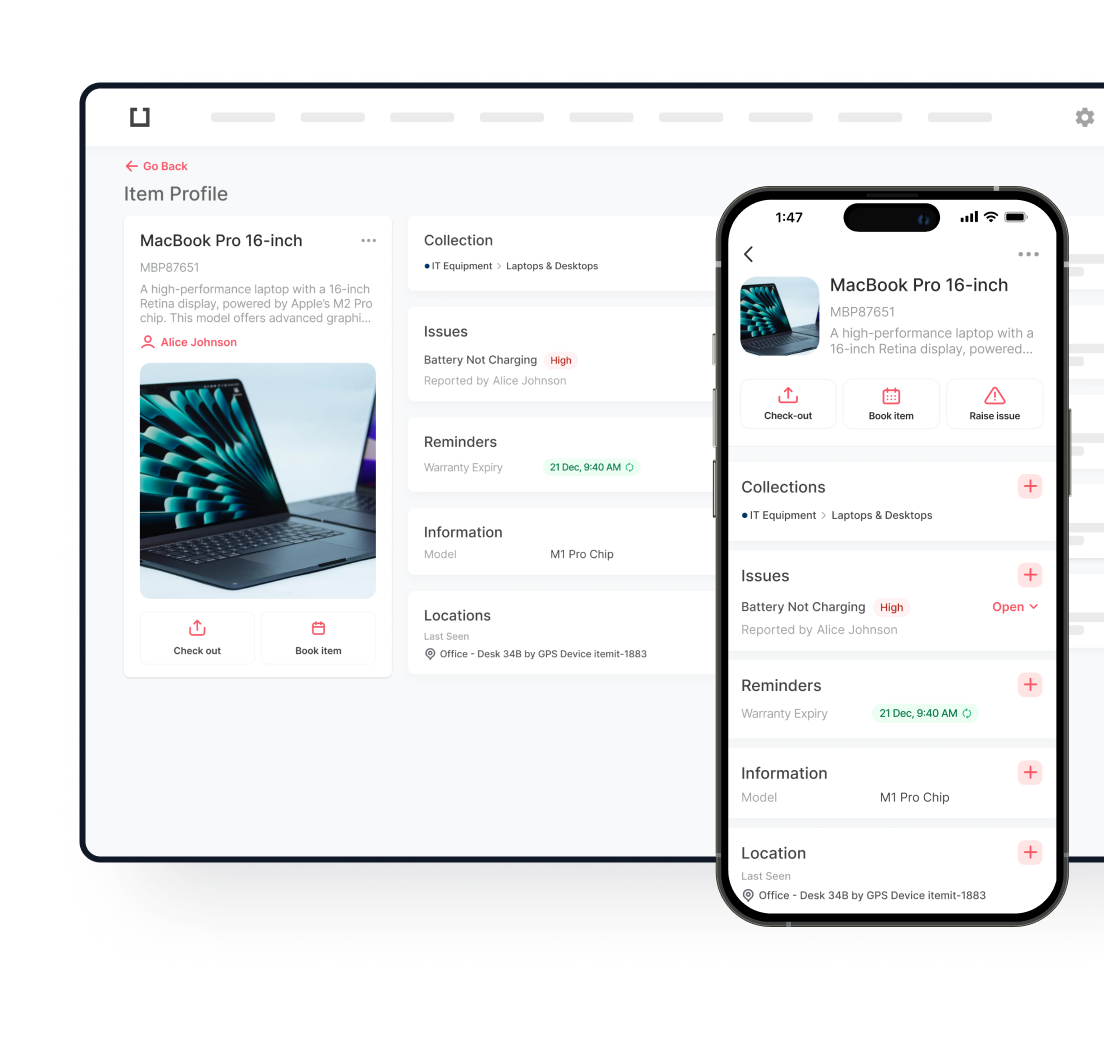A well-organised inventory tracking system guarantees companies stay in the proper balance, eliminating stockouts that stop production and avoiding too high storage expenses. Understanding the many kinds of inventory helps businesses better classify their assets, which enhances decision-making and helps to save costs.
From retail warehouses to manufacturing plants, companies depend on Inventory management types to maximise storage, cut waste, and simplify supply chains. Accurate tracking of inventory categories helps companies to have a real-time understanding of stock levels, movement, and general asset value—all important components for increasing profitability and efficiency.
Understanding Inventory: Definition and Classification
Classification of Inventory
1. Classification by Purpose and Use
- Raw materials are the fundamental components applied in manufacturing. For instance, flour is used in baking, and steel is utilised in the manufacturing of cars. By means of efficient tracking of raw materials, companies can lower waste and prevent manufacturing interruptions.
- Items in the Work-in-Progress (WIP) Inventory – that is, those half-finished and still under production—are included. Maintaining accurate cost estimates and guaranteeing seamless workflow depends on the exact tracking of WIP inventories.
- Finished goods are those that are completely produced and ready for market. Retailers and wholesalers have to effectively control this product inventory to satisfy client demand and avoid overstocking.
Items like tools, office supplies, and spare parts are absolutely vital for company operations MRO Inventory—Maintenance, Repair, and Operations). MRO inventory is essential for keeping seamless operations even though it is not sold to consumers.
2. Classification by Financial Accounting
- Merchandise Inventory: Found in retail and online, merchandise inventory is items bought for resale. Correct financial reporting in accounting depends on the accurate classification of various forms of inventories.
- Consignment Inventory: Products kept on a retailer’s premises but owned by a supplier until sold are known as consignment inventory. Consignment model users of businesses must have strong tracking systems to handle sales records and ownership.
- Obsolete or Excess Inventory: Slow-moving stock that is no longer in demand. Businesses have to pay great attention to this category to prevent unsold products from causing financial losses.
Knowing the type of inventory helps companies to apply improved financial control and asset tracking techniques. Correct classification enhances supply chain effectiveness, helps to maximise storage capacity, and prevents stock variances.

Different Types of Inventory
Raw Materials Inventory
For instance, a clothes company depends on thread, zippers, and fabric in its product inventory. Modern inventory management tools ensure precise tracking of raw materials, guaranteeing flawless cost control and manufacturing scheduling.
Work-In-Process (WIP) Inventory
Maintaining correct cost estimations depends on proper WIP inventory management. Businesses need good tracking since materials, labor, and overhead expenses build up during production to avoid bottlenecks and keep financial transparency. In sectors including automotive, aerospace, and electronics manufacturing, WIP is a vital inventory category.
Finished Goods Inventory
Meeting demand without overproducing depends on businesses tracking completed goods inventory. While understocking may cause lost sales possibilities, overstocking might result in higher storage costs. Retailers, for instance, depend on real-time tracking to guarantee that the correct amounts of various goods are always on hand.
Maintenance, Repair, and Overhaul (MRO) Inventory
MRO items are essential for business continuity even when they have little direct bearing on sales. For example, a manufacturing facility has to keep an inventory of spare parts to prevent expensive downtime should equipment break down. Businesses run the danger of delays and inefficiency without good tracking.
Understanding these 4 types of inventory helps companies to apply more successful asset-tracking systems. Accurate stock classification and inventory flow optimisation help businesses lower costs, increase effectiveness and enhance their supply chains.
Additional Inventory Categories
Knowledge of fundamental financial ideas about pricing and profitability—more especially, margin and markup—is also necessary to completely appreciate inventory management. Although both words are used to figure profits, they have different meanings and can greatly affect pricing policy.
Margin vs. Markup: Key Differences
Definition
- Margin refers to the percentage of revenue that remains as profit after covering costs.
- Markup is the percentage added to the cost price to determine the selling price.
Formula
- Margin: (Selling Price – Cost Price) ÷ Selling Price × 100
- Markup: (Selling Price – Cost Price) ÷ Cost Price × 100
Perspective
- Margin focuses on profit as a portion of revenue.
- Markup determines how much extra is charged over the cost price.
Impact on Pricing
- Margin ensures businesses set competitive prices while maintaining profitability.
- Markup helps companies determine how much to increase prices to cover costs and desired profit.
Example
For a product that costs $50 and sells for $100:
- Margin = 50%
- Markup = 100%
Common Use Cases
- Margin is used in financial reporting and profit analysis.
- Markup is applied in pricing strategies and cost-based pricing models.
Effect on Business Strategy
- Margin helps ensure long-term profitability and financial sustainability.
- Markup aids businesses in setting price points that support sales growth.
How Margin and Markup Influence Inventory Decisions
- Pricing Strategy: Businesses using a markup-based approach focus on covering costs and ensuring a consistent profit margin. However, relying solely on markup can lead to mispricing if market conditions shift.
- Profitability Analysis: Understanding margin helps companies assess whether their present price structure is sustainable, guaranteeing they are not reducing profits.
- Inventory Valuation: Determining the worth of various inventory categories calls on businesses to match pricing to their cost systems. While low-margin items call for tighter inventory control, high-margin products may justify more overall inventory investment.

The Role of Asset Tracking in Inventory Management
Key Inventory Tracking Technologies
1. Barcodes: Simple, Reliable, and Cost-Effective
- Faster data entry – Eliminates manual record-keeping errors.
- Improved inventory accuracy – Reduces discrepancies between stock records and physical inventory.
- Cost efficiency – Requires minimal setup, making it ideal for businesses of all sizes.
2. RFID: Advanced Tracking for Greater Visibility
- Real-time inventory monitoring – Businesses can track assets instantly, reducing stockouts
- Enhanced security – RFID helps prevent theft and loss by providing location-based tracking.
- Better warehouse management – Ideal for large operations where manual tracking is impractical.
3. Cloud-Based Inventory Management: Data-Driven Control
- Centralise inventory data – Accessible from multiple locations, keeping stock levels up-to-date.
- Automate reordering – Reduces human error by setting reorder alerts for low-stock items.
- Enable predictive analysis – Helps businesses anticipate demand fluctuations and optimise stock levels.
How Asset Tracking Reduces Losses and Improves Accuracy
- Reduce shrinkage – Tracking systems deter theft, misplacement, and damage.
- Enhance audit accuracy – Digital records ensure compliance with financial regulations regarding inventory types in accounting.
- Optimise resource allocation – Better data visibility allows companies to prioritise stock replenishment and avoid unnecessary expenses.
Optimising Inventory Management Through Effective Tracking
Beyond classification, contemporary inventory control depends much on asset tracking. Real-time data made available by technologies including barcodes, RFID, and cloud-based platforms helps companies avoid stockouts, lower shrinkage, and simplify logistics. These fixes guarantee that inventory data stay correct, hence improving operational effectiveness and financial planning.
Companies that invest in innovative inventory tracking systems have a competitive edge in today’s fast-moving markets. Using the correct tools will help businesses maximise storage, reduce waste, and increase revenue. Precision tracking is now required whether managing inventory types in accounting or improving warehouse logistics; it is not a choice.

Try itemit
Choose a better way to track
your assets.
Start your free 14-day trial now!

Keep Learning
itemit Blog
Tips, guides, industry best practices, and news.
The Ultimate Guide to RFID Inventory Management
Discover the beginner’s guide to RFID inventory management technology. Learn how to improve accuracy, streamline stock tracking, and boost efficiency today!
A Guide to the Different Types of Inventory Management
Discover the different types of inventory management systems and how each can improve efficiency and accuracy in managing your business inventory.
Understanding the Inventory Tracking Process and Its Importance
Learn about the inventory tracking process and its importance. Discover how it helps improve efficiency, accuracy, and overall business management.


